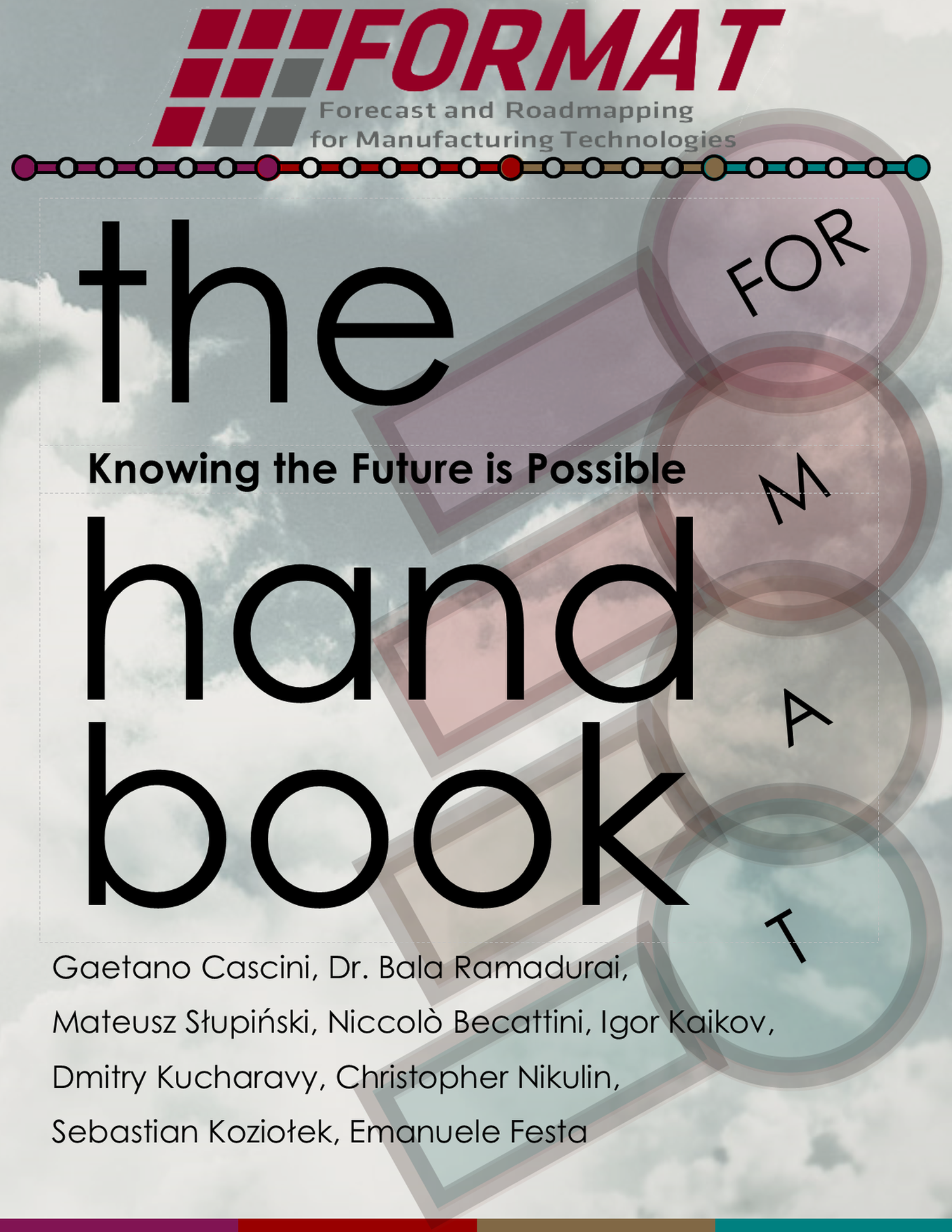Learn TRIZ through Movies - 2
The art of framing a problem in the form of a contradiction (or a conflict of interest) is the core of the methodology of ARIZ (from the toolkit of TRIZ). Often times, the people whom I work with (be it students or employees) have a problem with understanding the concept. This series of posts is meant to clarify this for them. I have decided to use specific movie scenes for the purpose. I draw this idea heavily from a friend of mine (https://trizindia.org/2009/09/triz-in-films-ideas-for-fooling-filmi-ghost/). Today, we are going to use a scene from the movie “Dangal”.










